
The 2021 iPad Pro models have arrived, and while they aren’t a huge departure from their predecessors, they include several compelling new features that largely appeal to pro users. In this iPad Pro (2021) review, we’ll discuss how these new tablets are driven by the same M1 chip that powers today’s Macs, affording greater performance than the A12Z chips found in last year’s 2020 iPad Pro models.
Features like Thunderbolt connectivity, for wider interoperability with professional-grade I/O like super-fast Thunderbolt SSDs, stand out as a key addition for both the 11-inch iPad Pro and 12.9-inch iPad Pro. It always felt frustrating when I couldn’t connect my Thunderbolt devices to my iPad, and this becomes much less of a glaring issue with the 2021 refresh.
But the biggest differentiator between this year’s iPads and the previous models is the Liquid Retina XDR display — a feature found exclusively on the 12.9-inch 2021 iPad Pro. To be sure, this display is aimed at professional content creators who regularly engage in video and photo editing, but it can also be enjoyed when passively consuming media content as well. From a technical standpoint, it’s one of the more impressive displays available today — and this is coming from someone regularly uses Apple’s Pro Display XDR.
But the hardware tells just one part of the iPad Pro story. As in previous years, Apple is still working hard to improve the software that drives its tablets. To Apple’s credit, the team behind iPadOS has done a great job over the last couple of years to bring the software side of the equation up to speed. Admittedly, there’s still a way to go before the iPad is able to fully put its wheels to the ground so to speak, and benefit from all of the power under its hood. The good news is that Apple appears to be fully committed to this endeavor, and I have a strong suspicion that we’ll be very happy once iPadOS 15 is unveiled in just a little over a week’s time.
Watch our hands-on video review as we discuss the 2021 iPad Pro, and be sure to subscribe to 9to5Mac on YouTube for more upcoming hardware discussion, tutorials, reviews, and more.
Design
The 2021 iPad Pro is far from a huge departure from its predecessors in the way of exterior design. In fact, it’s virtually indistinguishable from the 4th-generation 2020 iPad Pro. The 12.9-inch model looks more or less exactly the same as the previous model, except for the fact that it’s slightly thicker to accommodate the new Liquid Retina XDR display. 11-inch models, which sport the same display as last year’s iPad, remains unchanged in this area.
The design of the iPad is one that nearly everyone agrees is good, and as we can see from the recent iMac refresh and leaked MacBook schematics, Apple seems to be quite fond of the design as well.
Video: iPad Pro (2021) review
Sponsor: Get AirBuddy 2 to level up your AirPods on Mac. The first 100 9to5Mac readers/viewers will get AirBuddy 2 with a 20% discount!
Subscribe to 9to5mac on YouTube for more videos
The iPad Pro is dominated by its display, with minimal bezels and no Home button to contend with. The sides are squared off with flat edges giving it an industrial look that harkens back to the iPhone 4. I contend that it is one of the best looks in Apple’s storied design history.
Unfortunately the iPad Pro only comes in two colors — space gray and silver. Like always, I wish there were more color options, but Apple likes to save its more diverse palette for more budget-friendly models.
While I usually opt for the space gray iPads, I decided to go with silver this year because I thought it might complement the new white Magic Keyboard better. My assumption was validated once I paired the two devices together — the silver iPad Pro looks absolutely stunning when connected to the white Magic Keyboard, and honestly it might be my favorite device + accessory collab of all time, no joke.
The Magic Keyboard is the same $349 backlit keyboard with built-in trackpad that Apple shipped last year, except for the fact that its dimensions have been indiscernibly updated to better accommodate the thickness of the iPad Pro. I didn’t feel like rummaging for my digital calipers, but it seems like the difference between the two models is of absolutely no consequence in the real world.
With that being said, this keyboard isn’t cheap, and it’s going to be very interesting to see how the white Magic Keyboard holds up after a few months of daily usage. I hope I’m wrong, but I have a feeling that this keyboard is going to look extremely weathered and worn around this time next year. It might be worth considering Logitech’s Combo Touch for the 12.9-inch iPad Pro. I plan on comparing the two in a future post and video.
Liquid Retina XDR display
Although not an OLED display, which is able to achieve perfect blacks, the Liquid Retina XDR display in the 12.9-inch iPad Pro is the best non-OLED display that I’ve seen, and technically speaking, it’s easy to understand why.
Of course, the iPad Pro display comes with all of the standard features that we’d expect. Hence, True Tone, P3 wide color, and ProMotion 120Hz refresh rate support is in tow, but that’s just the beginning.
This year’s 12.9-inch display features an absurd OLED-like 1,000,000:1 contrast ratio, which makes the iPad a prime candidate for both viewing and grading HDR photos and videos. Such contrast is made possible by mini-LED technology, which packs inside more than 10,000 mini-LEDs. These custom-designed light sources are 120 times smaller than the LEDs in last year’s model, and features custom diffusers and optical films to produce a stunning image.
The Liquid Retina XDR display in the 12.9-inch iPad Pro can produce a sustained 1,000 nits of full-screen brightness, with 1,600 nits of peak brightness for HDR content. Peak brightness is possible for highlights in up to 40% of the screen area when the rest of the image is black or at a brightness level up to 600 nits. In other words, the display can’t achieve 1,600 nits of brightness across the whole display, but there’s no real world situation where such a scenario would be necessary.
Grouped together in clusters of four, each of the over 10,000 mini-LEDs form over 2,500 local dimming zones, which provide precise brightness control for each zone. That makes it so that small portions of the screen can deliver brighter highlights, and small details can be discernible even in the darkest areas. This additional control over light output also helps to reduce the blooming effect that you see when a light source is surrounded by a dark area.
When you consider that the $5,000 Pro Display XDR features a mere 576 individually controlled LEDs across a 32-inch display, it really puts into perspective how impressive the 12.9-inch iPad Pro is. Granted, it doesn’t feature all of the same bells and whistles as the Pro Display XDR, and it’s obviously a much smaller display with lesser resolution, but it’s nonetheless impressive.
Technical mumbo jumbo aside, the end result is a display that can be used to not only consume HDR content, but also to edit and grade HDR videos and photos. While the differences can often be subtle, they are definitely noticeable to the discerning eye. Movies that utilize HDR to the full, like Pacific Rim, look absolutely stunning when compared to the same movie on an iPad Pro with a standard Liquid Retina display.
Grading HDR videos, whether within the stock Photos app, or via third-party apps like LumaFusion, is now possible for the first time on an iPad. On older iPads it was possible to edit HDR content, but you could not accurately grade the footage due to a lack of brightness and contrast capability.
At 9to5Mac, the majority of our videos are shot with HDR in mind, so editing videos on the iPad was never really an option up until now. With the Liquid Retina XDR display, I can now edit and grade HDR footage shot with my Sony FX3 and Alpha 7S III without issue. LumaFusion is an absolutely fantastic and powerful way to edit video on the iPad Pro, and the experience has never been better.
M1 chip
For years the iPad has featured chips that seemed like they had no business being inside a tablet so limited by its software. The disparity seems even more egregious this time around considering that the 2021 iPad Pro features the same M1 chip used computers like the 2021 iMac, and 13-inch MacBook Pro.
The result is a kill-an-ant-with-a-sledgehammer type of performance. Power that is so over the top that I can’t imagine Apple letting another WWDC come and go without announcing some game-changing software features and applications.
Geekbench 5 benchmarks
As usual, benchmarks tell part of the story, and a quick run of Geekbench 5 showcases a huge increase in performance between the A12Z and A14 Bionic chips found in last year’s iPad Pro and iPad Air.
| Single-Core | Multi-Core | |
| 2021 iPad Pro (M1) | 1721 | 7191 |
| 2020 iPad Air (A14 Bionic) | 1582 | 4342 |
| 2020 iPad Pro (A12Z Bionic) | 1123 | 4644 |
| 2018 iPad Pro (A12X Bionic) | 1124 | 4699 |
The benchmarks show a modest improvement in single core over the A14 Bionic chip in the 2020 iPad Air, but a huge increase in multi-core performance versus every other iPad on this list. Needless to say, multi-core performance on this year’s iPad Pro is downright beastly, and it will be make a noticeable difference for apps that effectively utilize multiple cores.
LumaFusion export
For example, I exported my eight-minute VanMoof S3 video review in LumaFusion as an HLG H.265 video file and here are the results:
| Export time (lower is better) | |
| 2021 iPad Pro (M1) | 4 minutes 33 seconds |
| 2020 iPad Pro (A12Z Bionic) | 4 minutes 54 seconds |
The M1-enabled iPad Pro saved me about 21 seconds when exporting a nearly nine-minute 10-bit H.265 video. Scale that up, and you will notice significant gains, especially if you regularly export videos. Also remember that LumaFusion hasn’t yet been updated since the new iPad arrived in stores. It’s totally possible that LumaTouch may issue an update that better takes advantage of all of the extra resources under the hood.
Pixelmator Photo ML Super Resolution
Machine Learning performance thanks to the upgraded Neural Engine gets a big boost on the 2021 iPad Pro. In this test I ran Pixelmator Photo’s ML Super Resolution on a 4032 x 3024 photo shot on my iPhone 12.
| | Conversion time (lower is better) |
| 2021 iPad Pro (M1) | 18 seconds |
| 2020 iPad Pro (A12Z Bionic) | 38 seconds |
Files app compress/uncompress
Compressing and uncompressing in the Files app showed noticeable gains for the Apple M1 chip.
| | Time (lower is better) |
| 2021 iPad Pro (M1) compress | 2 minutes 7 seconds |
| 2020 iPad Pro (A12Z Bionic) compress | 3 minutes 15 seconds |
| 2021 iPad Pro (M1) uncompress | 6 seconds |
| 2020 iPad Pro (A12Z Bionic) uncompress | 45 seconds |
Storage and memory
Having 1 TB of flash storage on an iPad isn’t new, but the ability to configure 2 TB is. The iPad Pro is now capable of having the same maximum memory and storage configurations as Mac computers housing M1 chips. Having 2 TB of storage on tap makes the iPad Pro a legitimate workstation for creative professionals dealing with large amounts of data.
Storage and memory on the iPad Pro go hand-in-hand, because the highest storage tiers get double the memory of lesser models. Thus, if you opt for the 1 or 2 TB versions, you’ll get 16 GB of RAM instead of 8 GB.
To be sure, 8 GB of RAM on an iPad is already a benchmark, because no other iPad up until now has featured more than 6 GB. But 16 GB of RAM? That’s is a huge luxury that will pay dividends with multitasking, working with large photo and video projects, etc. What’s even crazier is that Apple outright divulges the amount of memory in its new iPads in the technical specifications, something it only did with its Mac computers up until now.
This noteworthy increase in RAM leads me to believe that iPadOS 15 is going to feature significantly improved multitasking capabilities that will be able to take advantage of the vast amount of memory on tap. But even now you can benefit from the additional memory with the ability to quickly resume more apps.
For example if I run just four games — NBA 2K1 Arcade Edition, Sonic Racing, Hot Lava, and Sneaky Sasquatch — on the 2020 iPad Pro with 6 GB of RAM, it will run out of memory and begin force the games to restart. On the 2021 iPad Pro with 16 GB of RAM, I can easily run all of those games, plus many other apps like Affinity Photo, Affinity Designer, Slack, Pixelmator Pro, and Procreate, and still switch back to those games and immediately resume after cycling through all of those apps. This, in effect, can help speed up iPad Pro workflows and make for a more seamless experience.
Thunderbolt
The iPad Pro has had a USB-C port since the 2018 refresh, but the 2021 model is the first iPad to come bundled with a Thunderbolt port. As mentioned at the outset, not having Thunderbolt on the iPad has been an exercise in frustration when moving peripherals between Mac and iPad. I usually edit videos on my Mac using an external Thundebrolt 3 SSD, the kind of external storage that hasn’t worked with the iPad up until now.
But Thunderbolt is about more than just being able to connect to Thunderbolt peripherals. It also brings forth a huge increase in available bandwidth between the iPad and external devices. This means that I can transfer huge video files between the iPad Pro and an external SSD in a reasonable amount of time, something that just wasn’t possible before.
Thunderbolt connectivity also opens up the possibility that the iPad Pro will work with more complex Thunderbolt devices like audio interfaces from companies like Universal Audio. And although multitasking on the iPad leaves a lot to be desired, users can already connect to Thunderbolt 3 display like the Pro Display XDR in full resolution with certain applications like iMovie and LumaFusion.
5G cellular and Wi-Fi 6
Cellular connectivity is something I’ve gone back and forth about with the iPad. Having built-in cellular is convenient to be sure, and while 5G still has a long way to go in its growth, it’s rapidly improving.
My biggest issue with cellular connectivity on this year’s iPad Pro is the cost. Cellular iPad Pro models now come at a $200 premium, which is a tough pill to swallow when my 5G-enabled iPhone 12 works perfectly as a mobile hotspot. Unless you are always away from Wi-Fi with your iPad Pro, I’d suggest relying on mobile hotspot connectivity instead. Not only will this save you money up front, but it’s also one less device on your monthly wireless bill.
The iPad Pro is the third iPad to adopt Wi-Fi 6 compatibility after last year’s iPad Pro and the iPad Air refresh. Wi-Fi 6, aka 802.11ax, is still in its early stages as far as adoption is concerned, as most people have yet to replace their existing routers with Wi-Fi 6 routers.
It’s the classic chicken and egg scenario, so something has to come first, and it’s good that Apple is including Wi-Fi 6 in its newest hardware. 802.11ax promises to work better in environments with lots of connected devices, and also provides increased power efficiency, higher data rates, and increased capacity.
Ultra wide camera with Center Stage
I’ll be the first to admit that the new Center Stage camera feature for iPad Pro wasn’t very high on my list of exciting new enhancements. However, after trying Center Stage, I came away extremely impressed with the technology.
Center Stage leverages the 122-degree field of view from the new ultra wide TrueDepth front-facing camera. This new camera features a much wider field of view, and is slightly slower — (f/2.4 vs f/2.2) than last year’s TrueDepth camera. The new camera boasts a higher resolution, going from 7MP on its predecessor to 12MP.
While the wider field of view by itself looks very distorted with a fisheye-like effect, when combined with the wonders of machine learning, Apple is able to eliminate much of the wide angle distortion, while automatically adjusting the frame to keep all subjects in view.
The end result is an effect that makes it feel as if you have your own little front-facing camera person moving the camera as one or more subjects move about the frame. And since the wide angle camera has such a vast field of view when compared to a standard wide camera, as long as you’re within reach of the ultra wide camera, Center Stage is able to work its machine learning-assisted magic.
Center Stage automatically crops, pans, and corrects for distortion on the fly. It lends an effect that smoothly and convincingly pans around to follow anyone in frame. Granted, the resolution is affected as Center Stage automatically crops the frame of view, but that’s to be expected given what’s at play. I can only see this feature becoming more impressive as Apple’s machine learning capabilities grow, and as the front-facing TrueDepth camera gains higher resolution sensors with more light capturing capability. As it stands now, though, it’s extremely impressive, and I wish it was available on the Mac.
Center Stage works with FaceTime calls, but an API allows third-parties to join in on the fun. In fact, the most popular video conferencing app, Zoom, already supports Center Stage functionality.
Software – the elephant in the room
Here’s the part of the review where a lot of people like to bash the iPad, but after sitting back and considering some of the big leaps in functionality that we’ve had over the last few years, I think it’s a bit unfair to act as if Apple isn’t working on improving the iPad from a software perspective.
The biggest move was creating the iPad’s own fork of iOS, aptly entitled iPadOS. This allows the iPad to get its own version of software, which adds much more flexibility to allow the iPad to grow in ways that it might not have been able to before.
With all of that said, is there room for the iPad to grow software-wise? Most definitely. Does iPadOS need to improve to do justice to the vastly overpowered hardware inside the 2020 iPad Pro? Without a doubt. But I have a suspicion that we will see some great strides being made to the iPad Pro in terms of software capability, and maybe we’ll even see pro apps like Final Cut Pro and Logic Pro make their long-awaited debut on iPad. Until that day comes, here are a few areas that I’d like to see improved on iPadOS:
Multitasking
First and foremost, multitasking needs an overhaul. Multitasking is decent as is, but it could be so much better. I’d like to see a new take on windowing applications in such a way that it provides users with much more flexibility. Especially on the large screen of the 12.9-inch iPad Pro, apps should have the option of not being forced into a full screen view. Hopefully Apple has a modern solution to the problem, one that won’t necessarily replicate the windowing experience on macOS, but provides an interface that is significantly more multitasking friendly.
The App Switcher could also benefit from a rethinking, because it only allows you to force close an app, or switch to another app. The are so many cool things that could be done with the App Switcher, such as quickly merging two windows, dragging a window into a Split View or Slide Over view, etc.
External displays
External display support will hopefully get some much-needed attention in iPadOS 15. In addition to mirroring your iPad’s display, you should be able to display an extended desktop in full resolution. Not just that, but Apple should take it a step further and enable clamshell mode on iPad Pro, allowing it to be used as a desktop computer.
Files app
The Files app made some needed advancement in iPadOS 14, and I’m hoping to see Apple take the next step with more informative file transfer status updates. I’d also love the ability to use the trackpad to select multiple items via drag gestures.
Other wishes
- Multi-user support
- Copy/Paste manager
- Widgets everywhere
- Improved Thunderbolt support/The ability to add driver support for devices like cameras
- Sidecar HDR support
- Better native video playback support/ProRes/ProRes RAW support
Conclusion: iPad Pro (2021) review
Hardware-wise this is the complete package. The 2021 iPad is basically a Mac computer without macOS.
Features shared between Mac and iPad:
- M1
- 16GB RAM
- 2TB SSD
- Thunderbolt
But it’s so much more than a Mac, and that’s what makes the iPad such a compelling product. The iPad has a display that’s better than any MacBook, can connect to the Internet independent of Wi-Fi, has a better speaker system, features easy Face ID authentication, works with the Apple Pencil, and so much more. I mean, just look at all of the features the are exclusive to the iPad:
- Liquid Retina XDR display
- 5G Cellular connectivity
- Amazing four speaker audio
- Apple Pencil support
- Dual rear camera
- LiDAR scanner
- Face ID
- Ultra wide front-facing camera with Center Stage
- Works in laptop and tablet mode
If Apple can provide big enhancements in areas like multitasking, external display support, and file management, I think the iPad will finally be able to compete with the Mac and be the laptop replacement that so many people have wanted it to be.
What are your thoughts on my iPad Pro (2021) review? Sound off down below in the comments with your feedback.
FTC: We use income earning auto affiliate links. More.
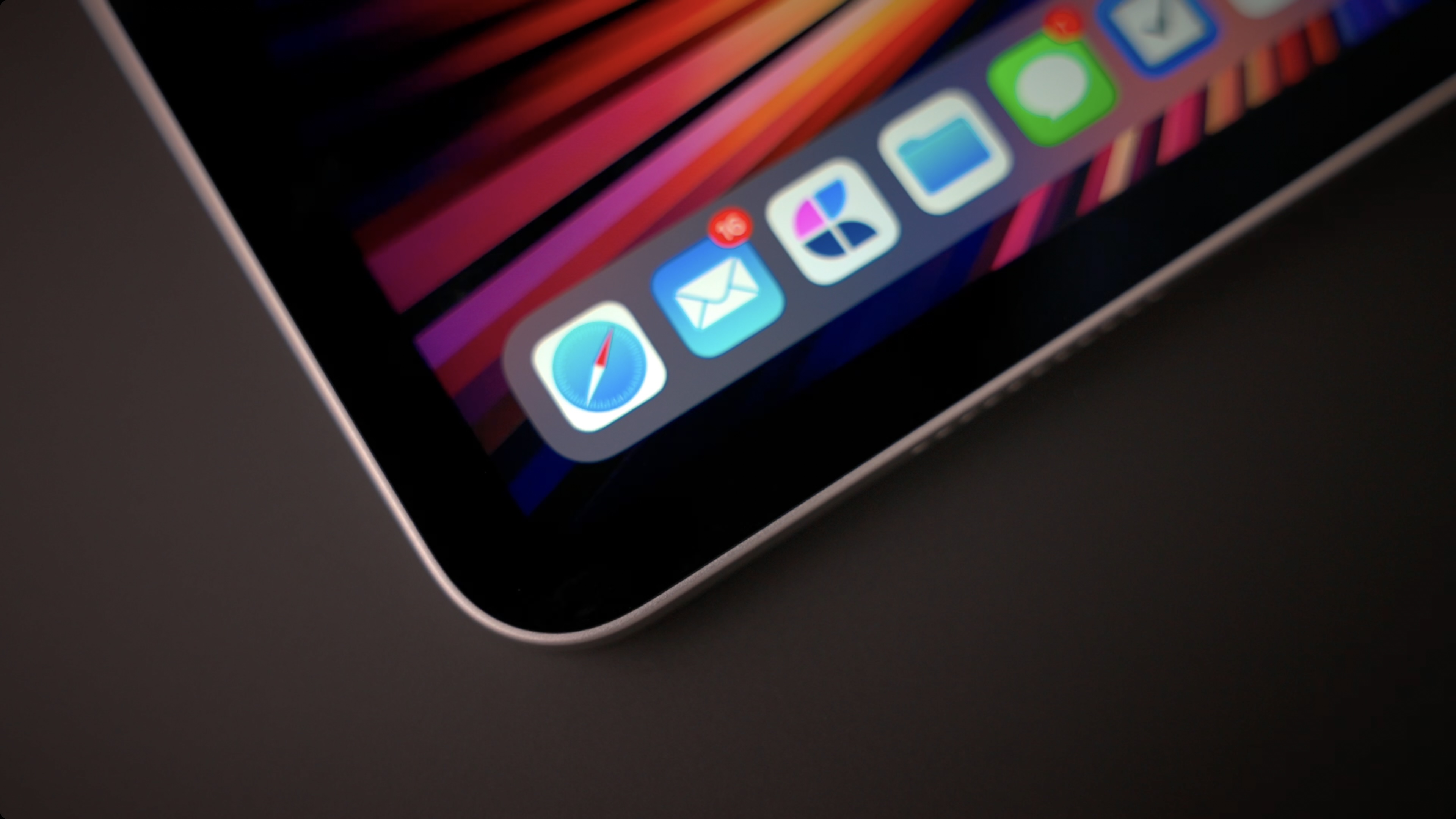


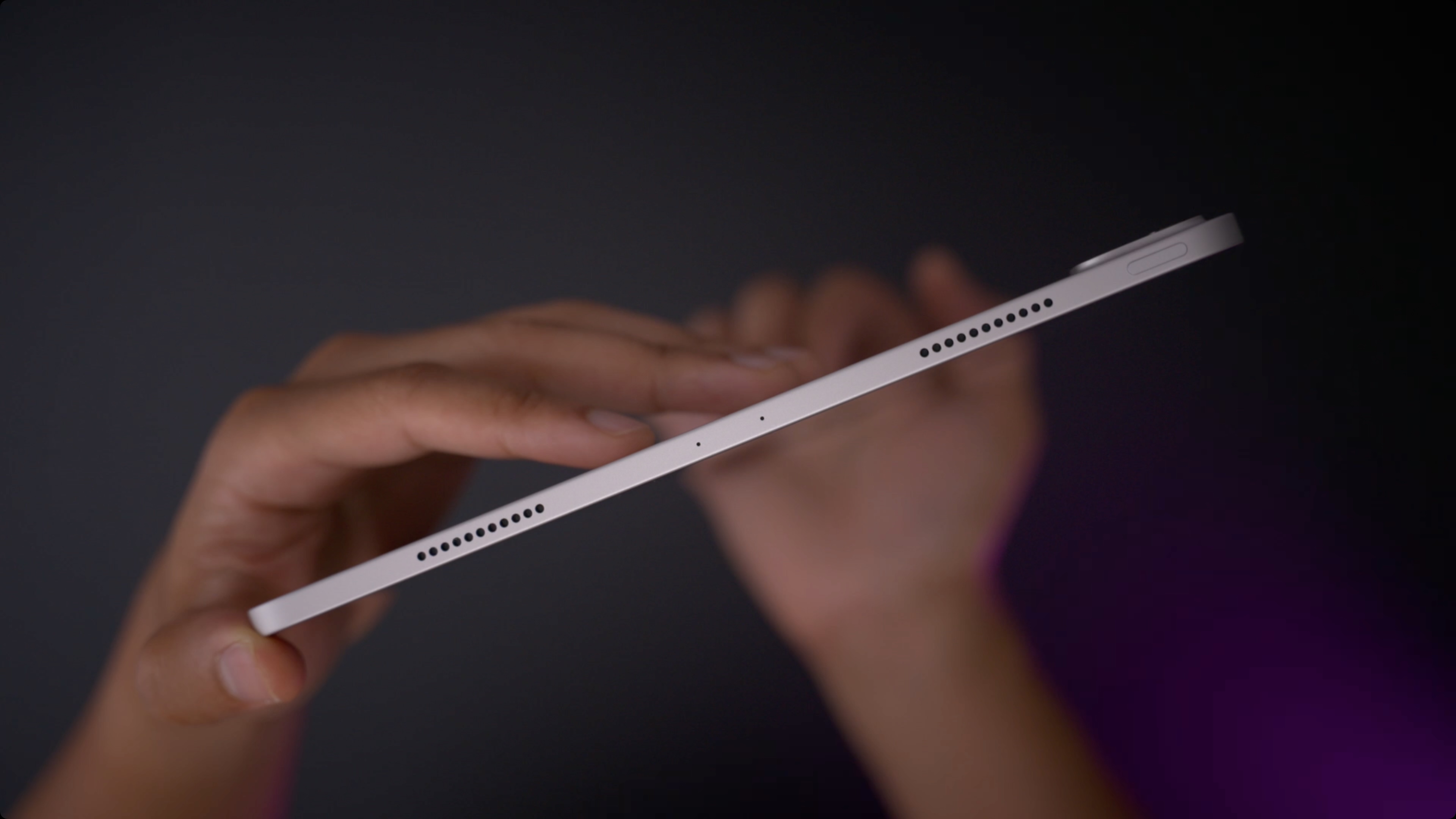

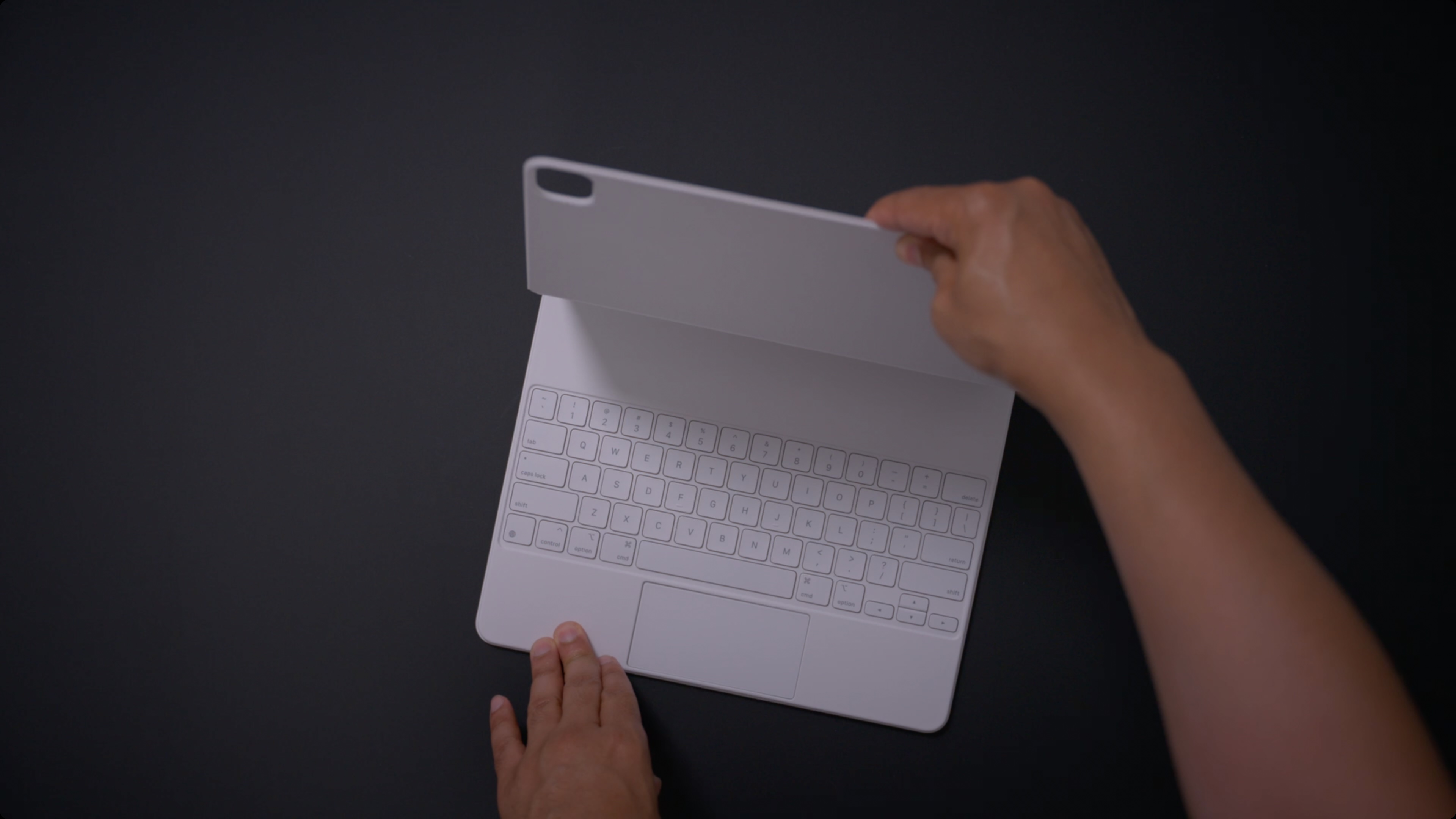

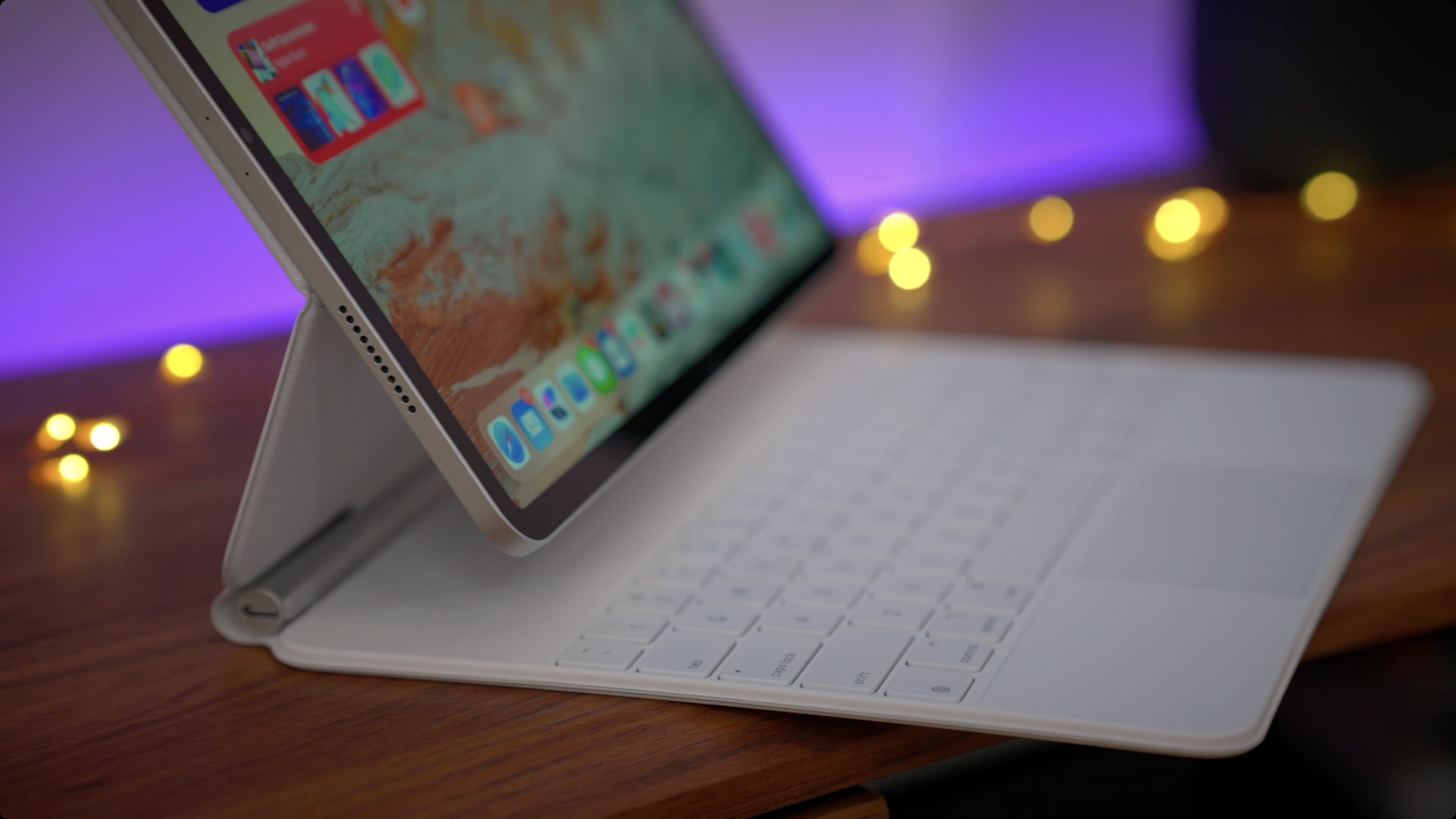
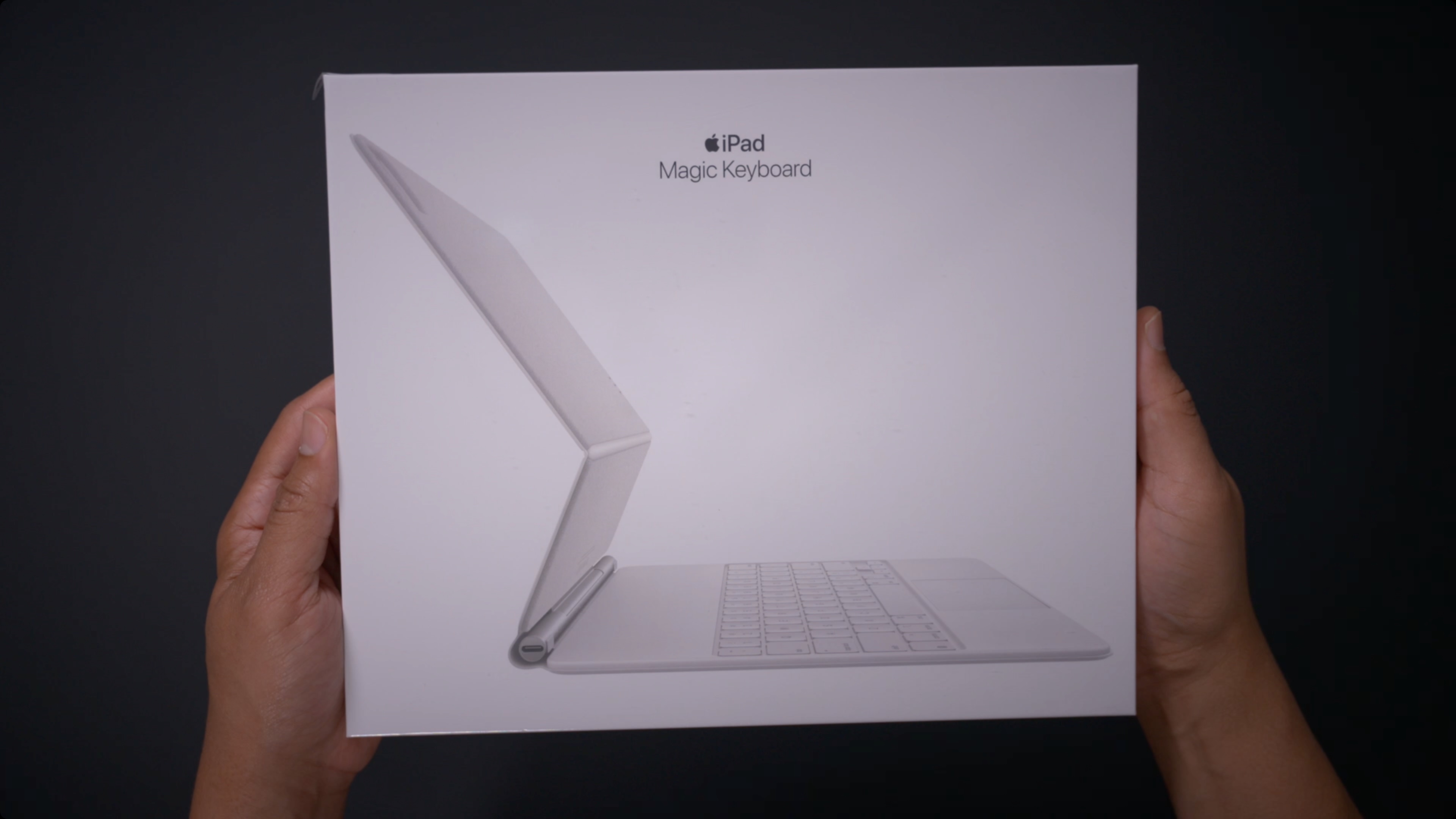

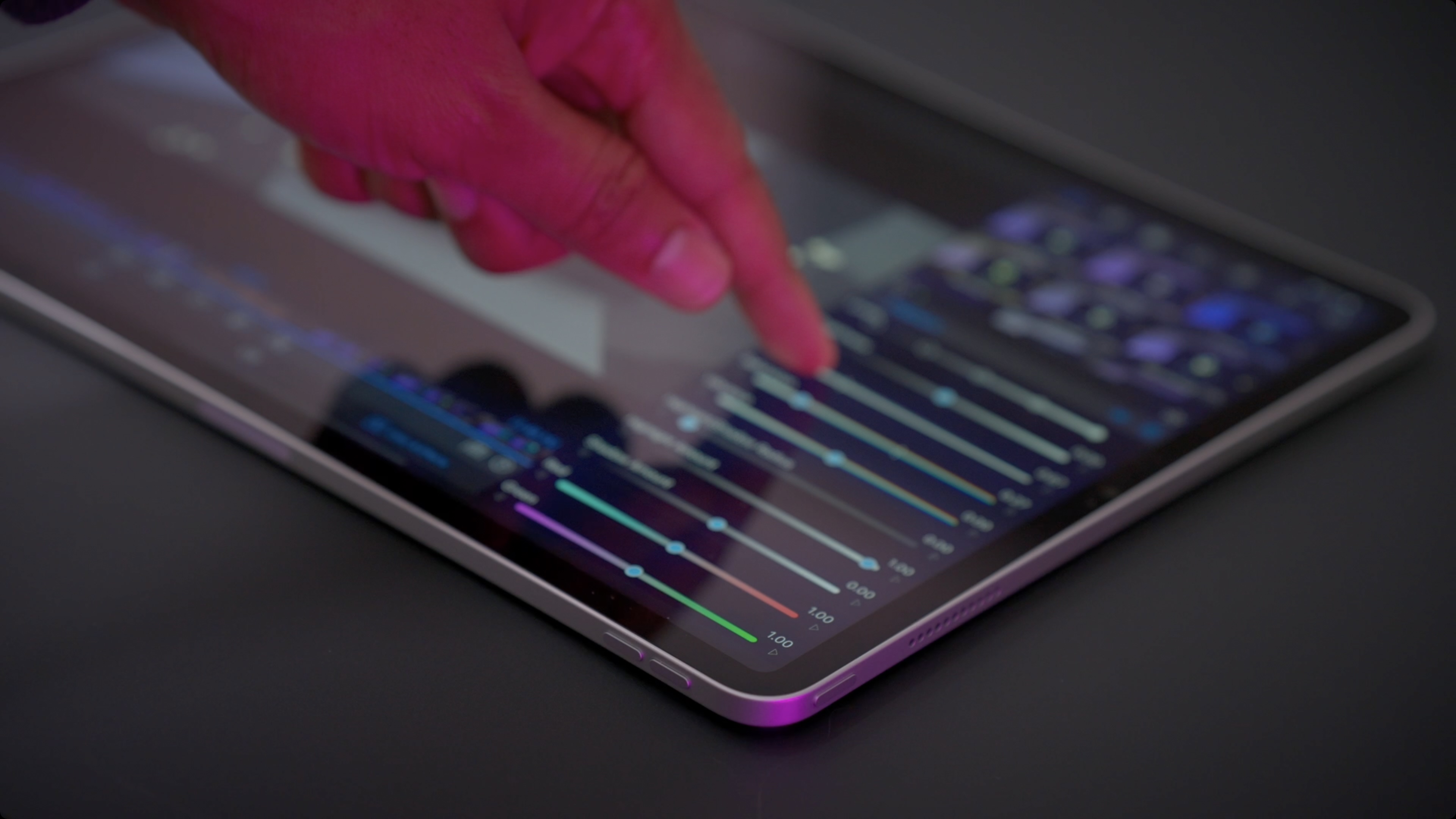
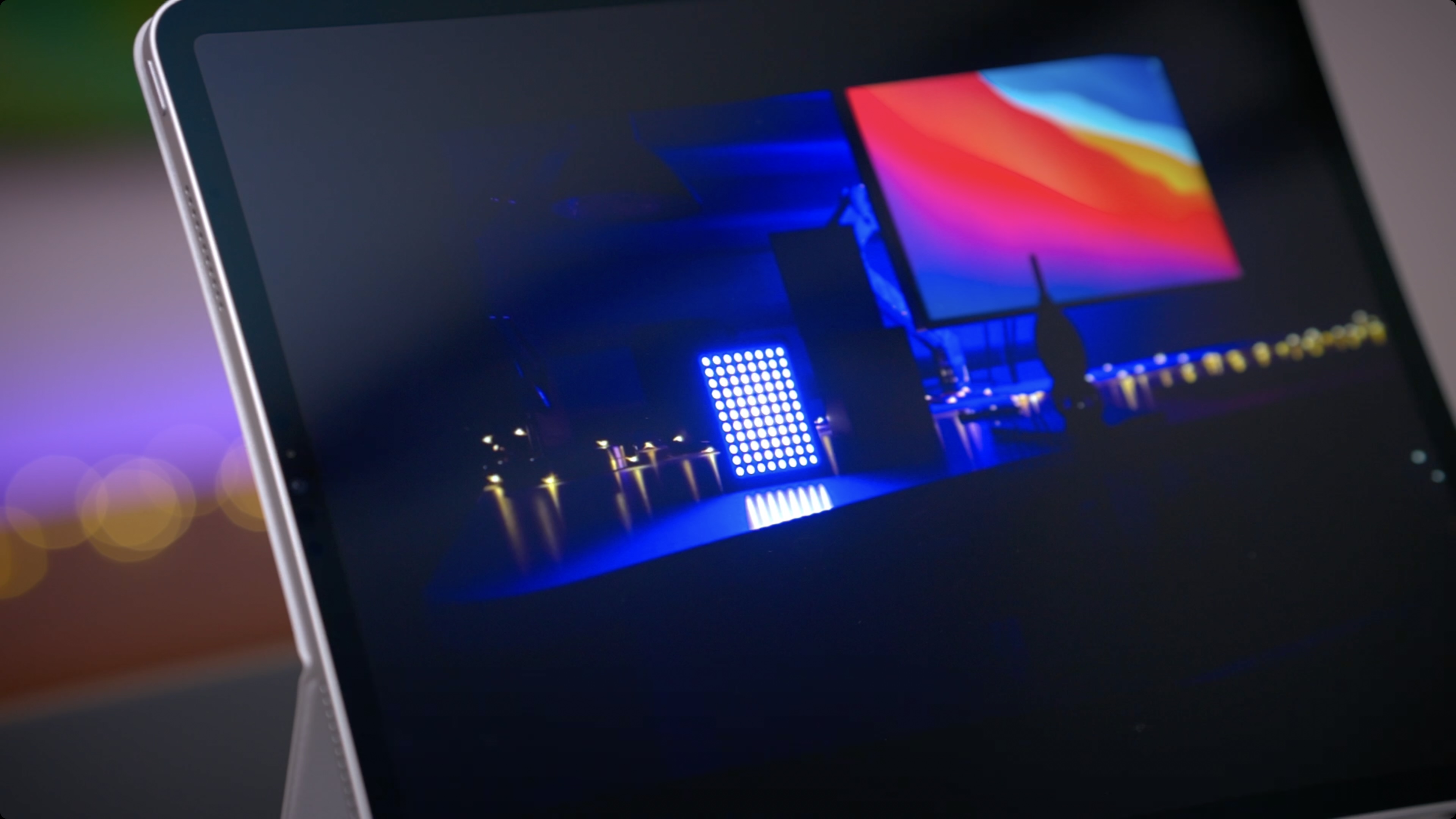
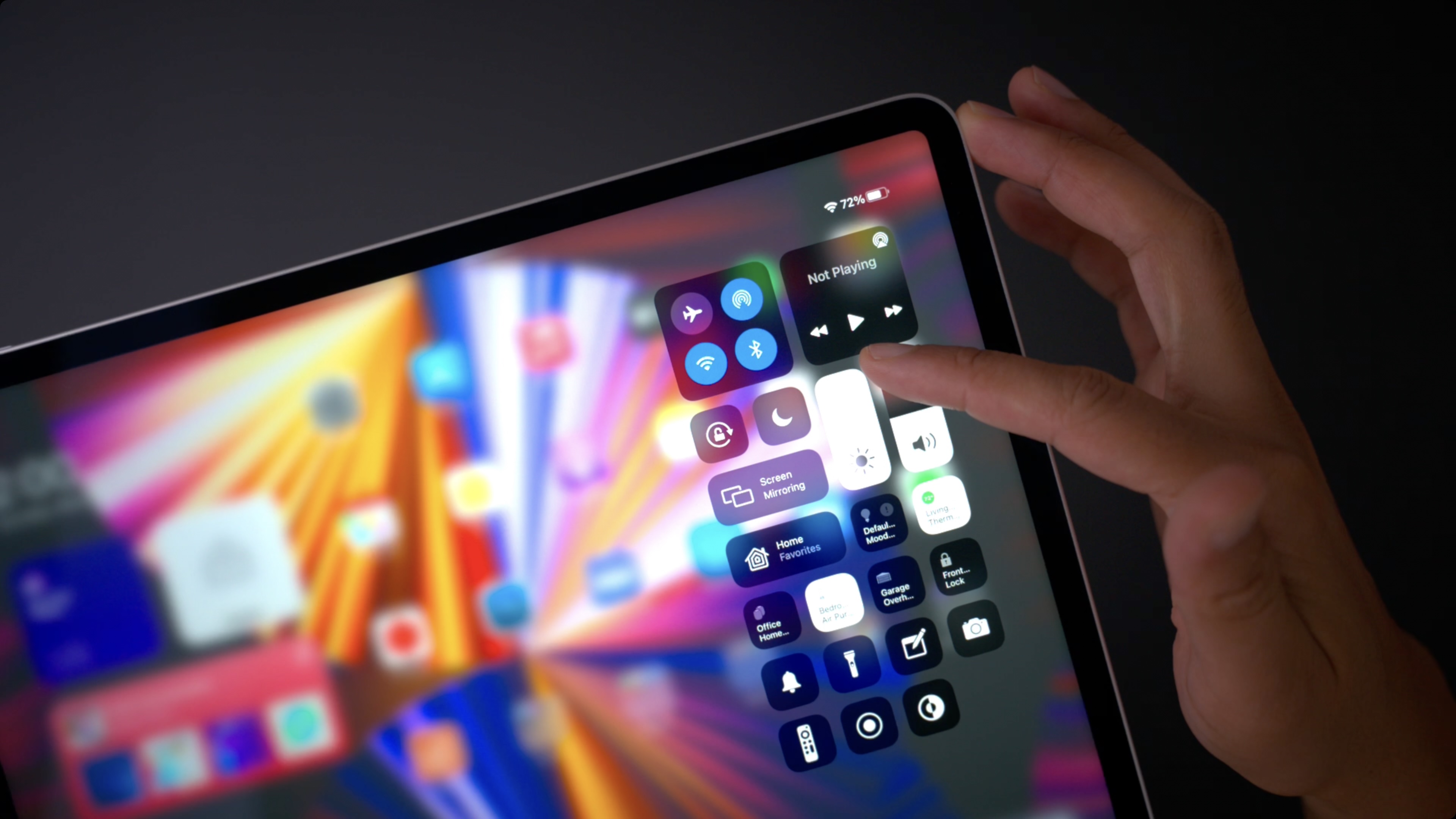
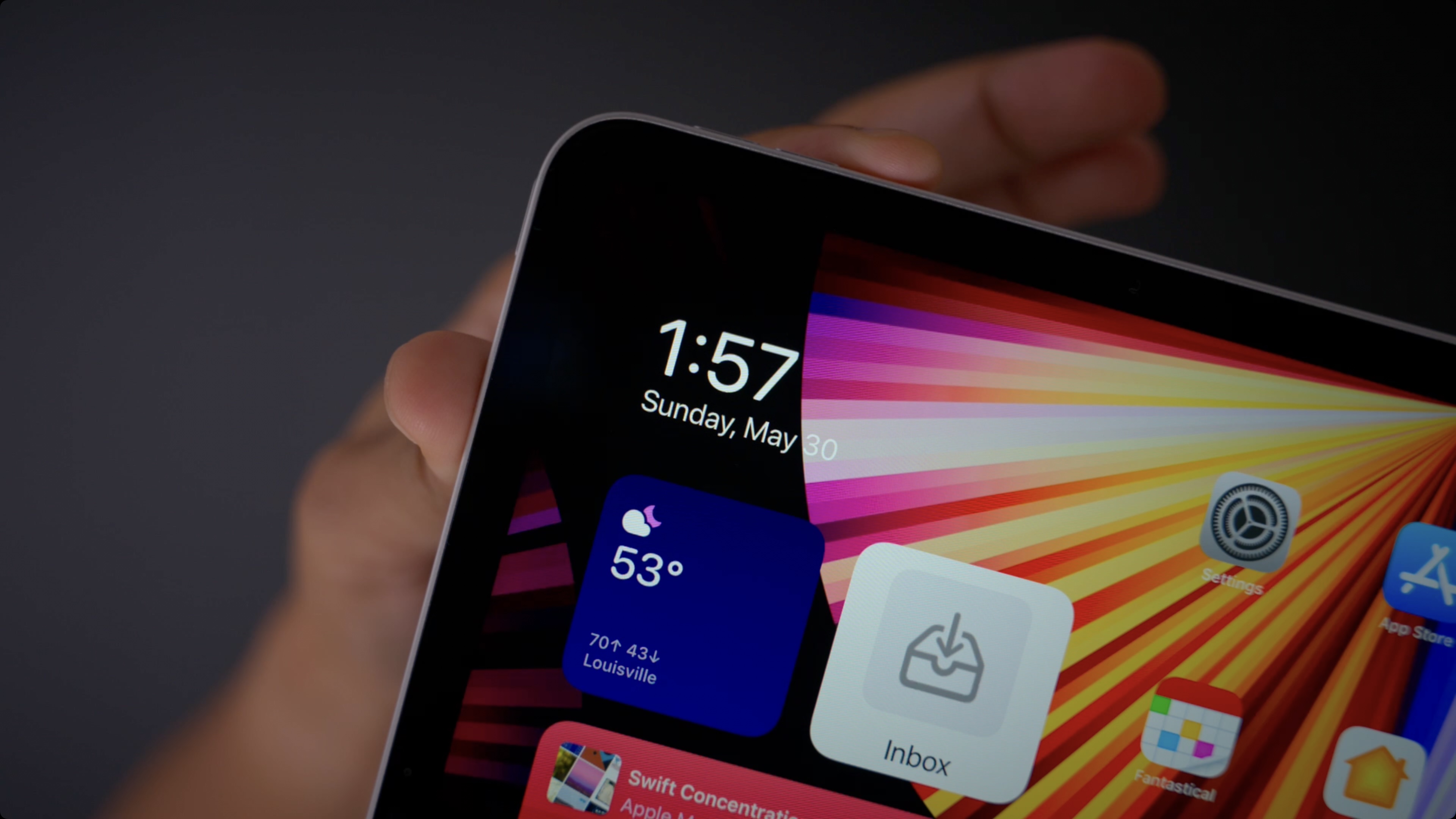
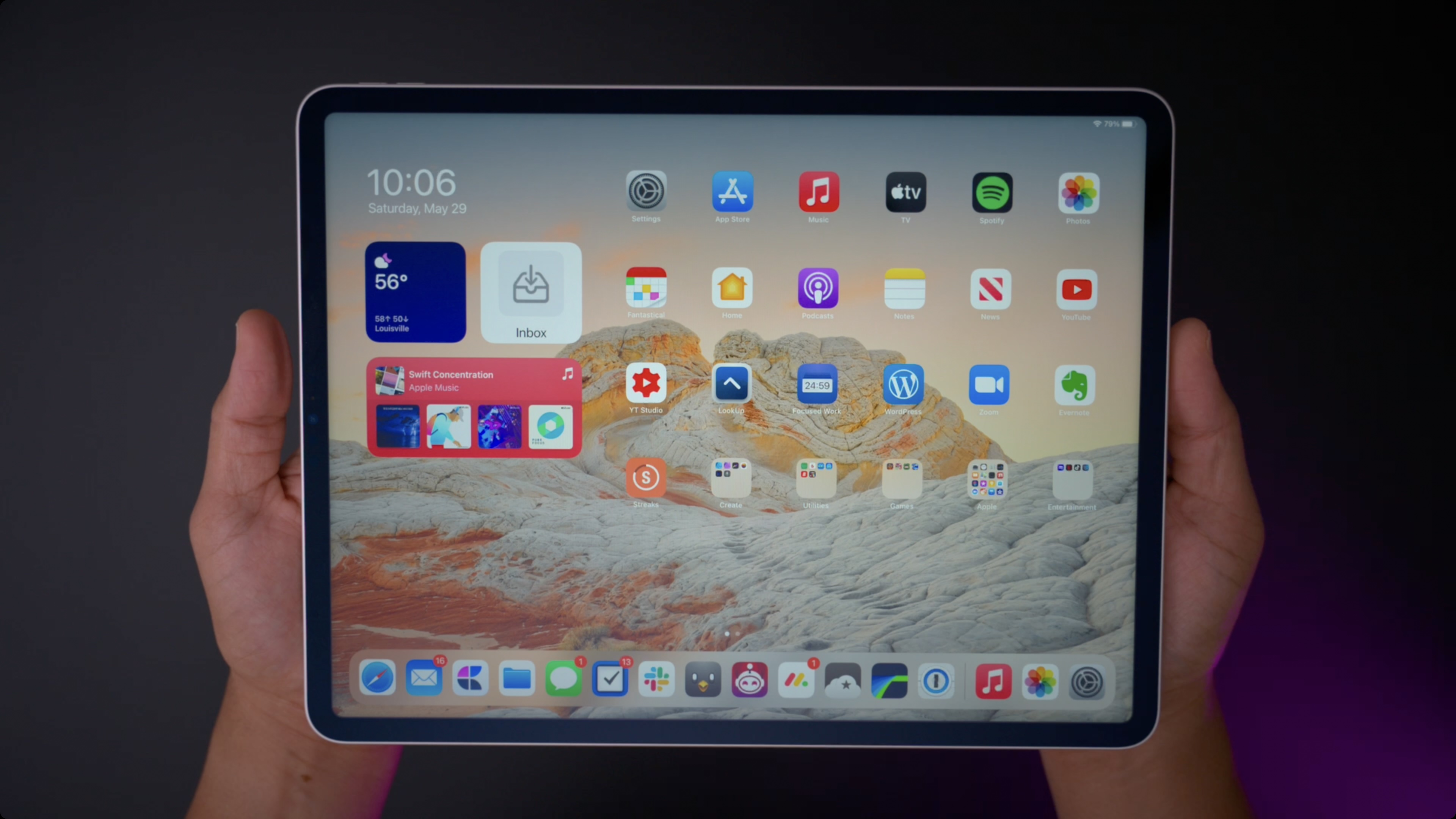
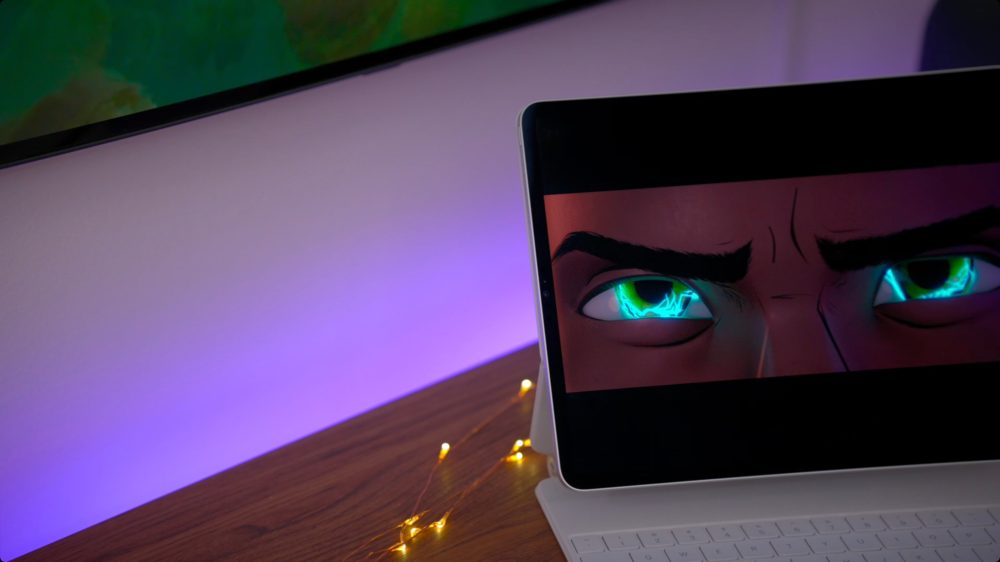
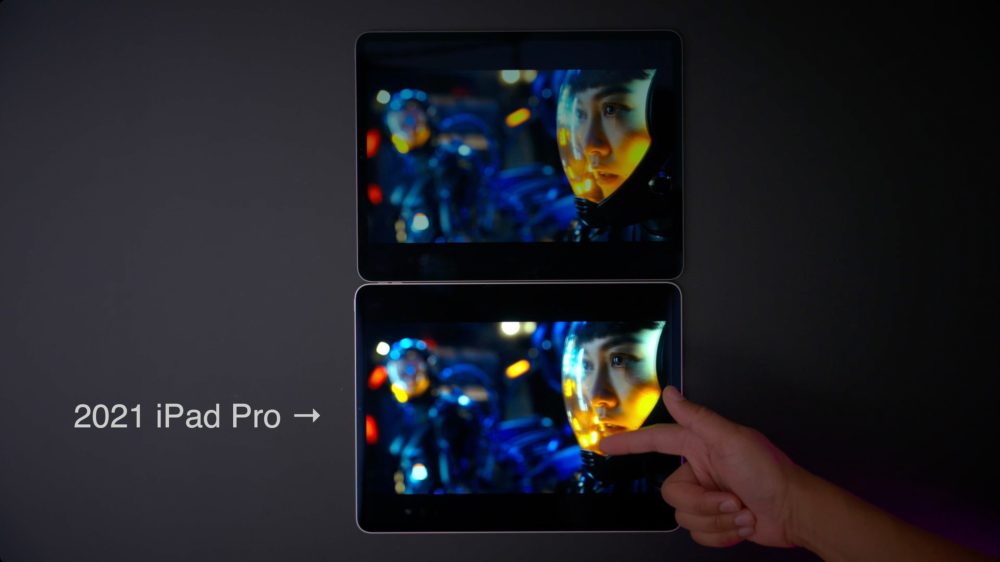

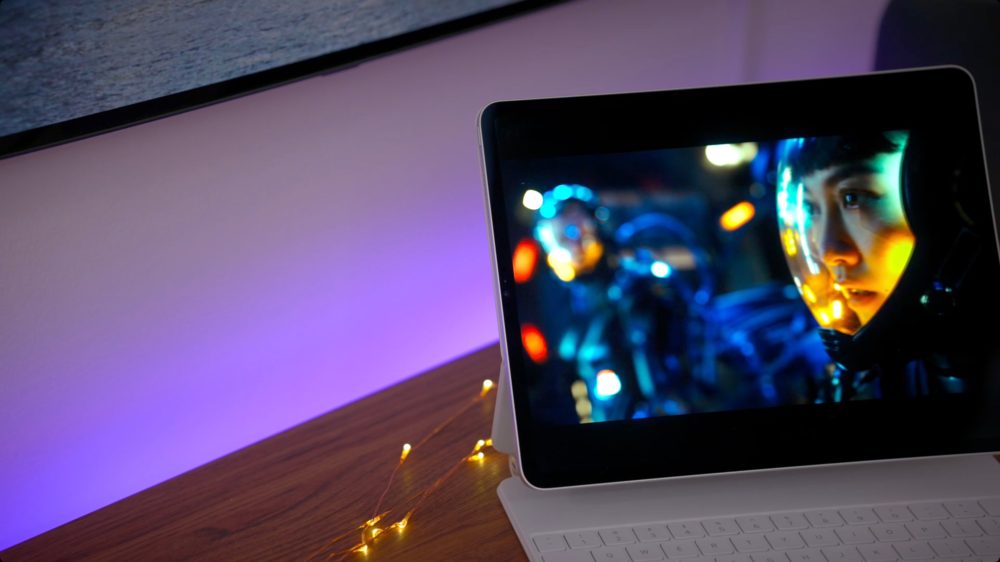

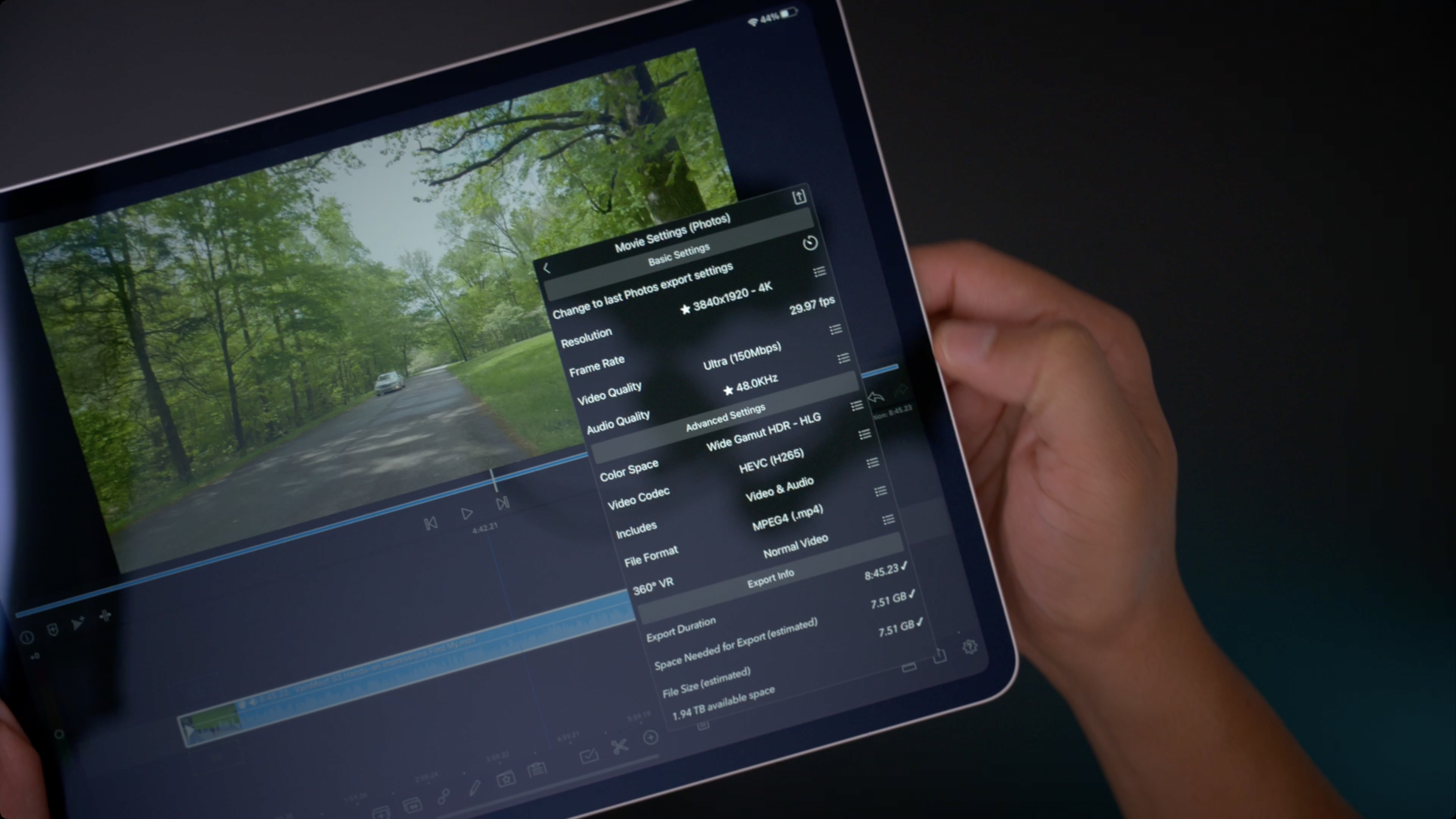
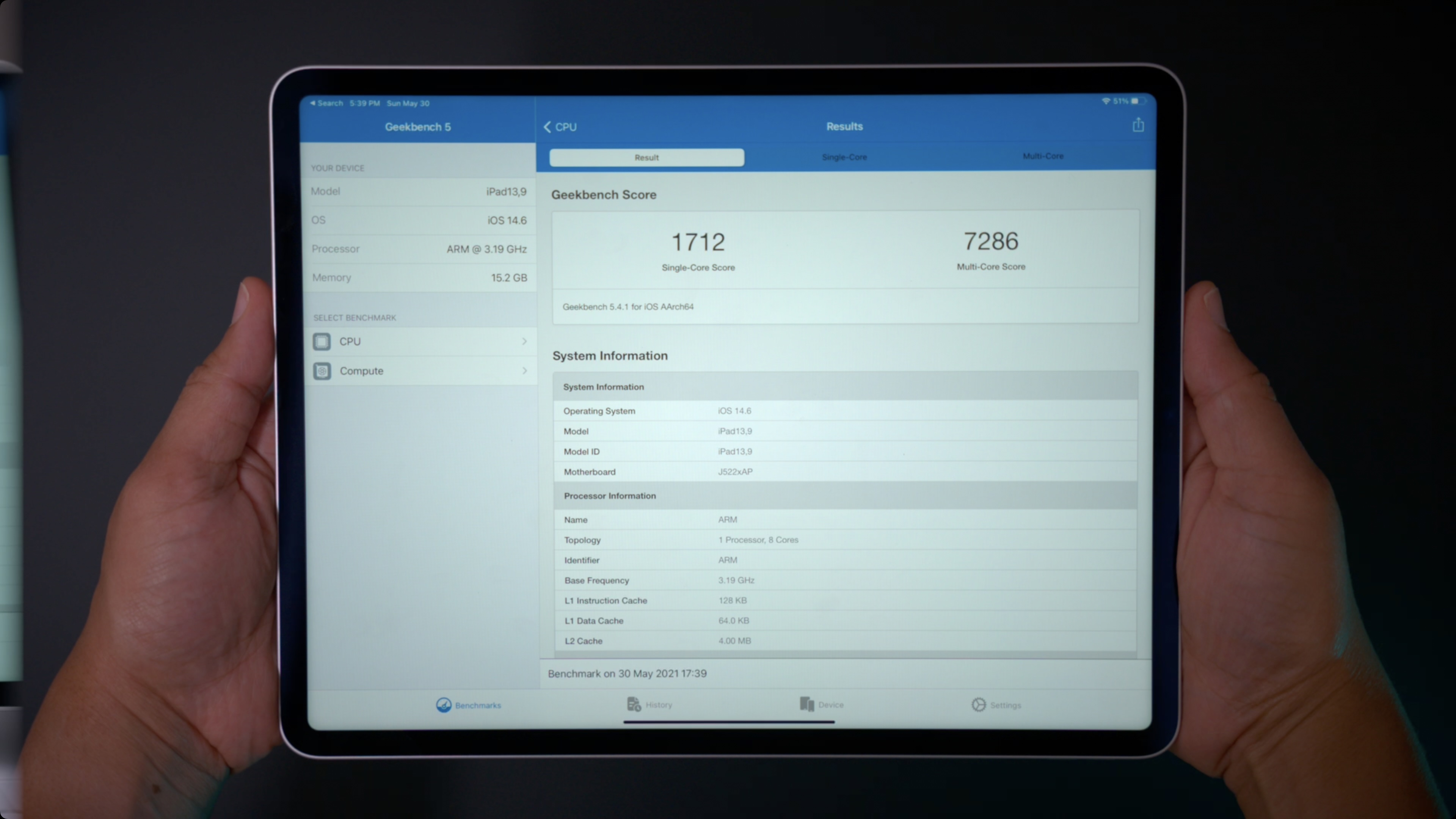
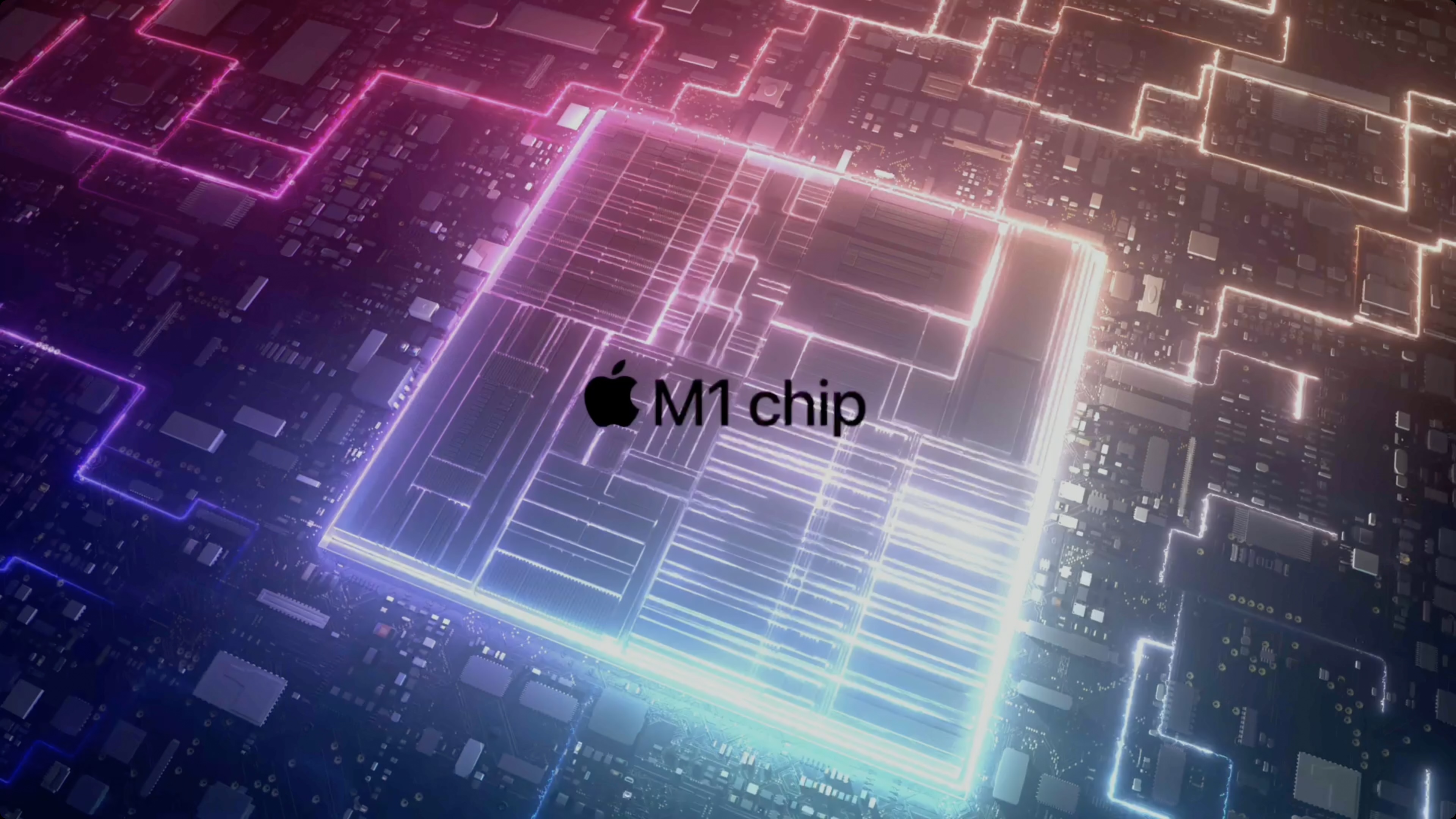

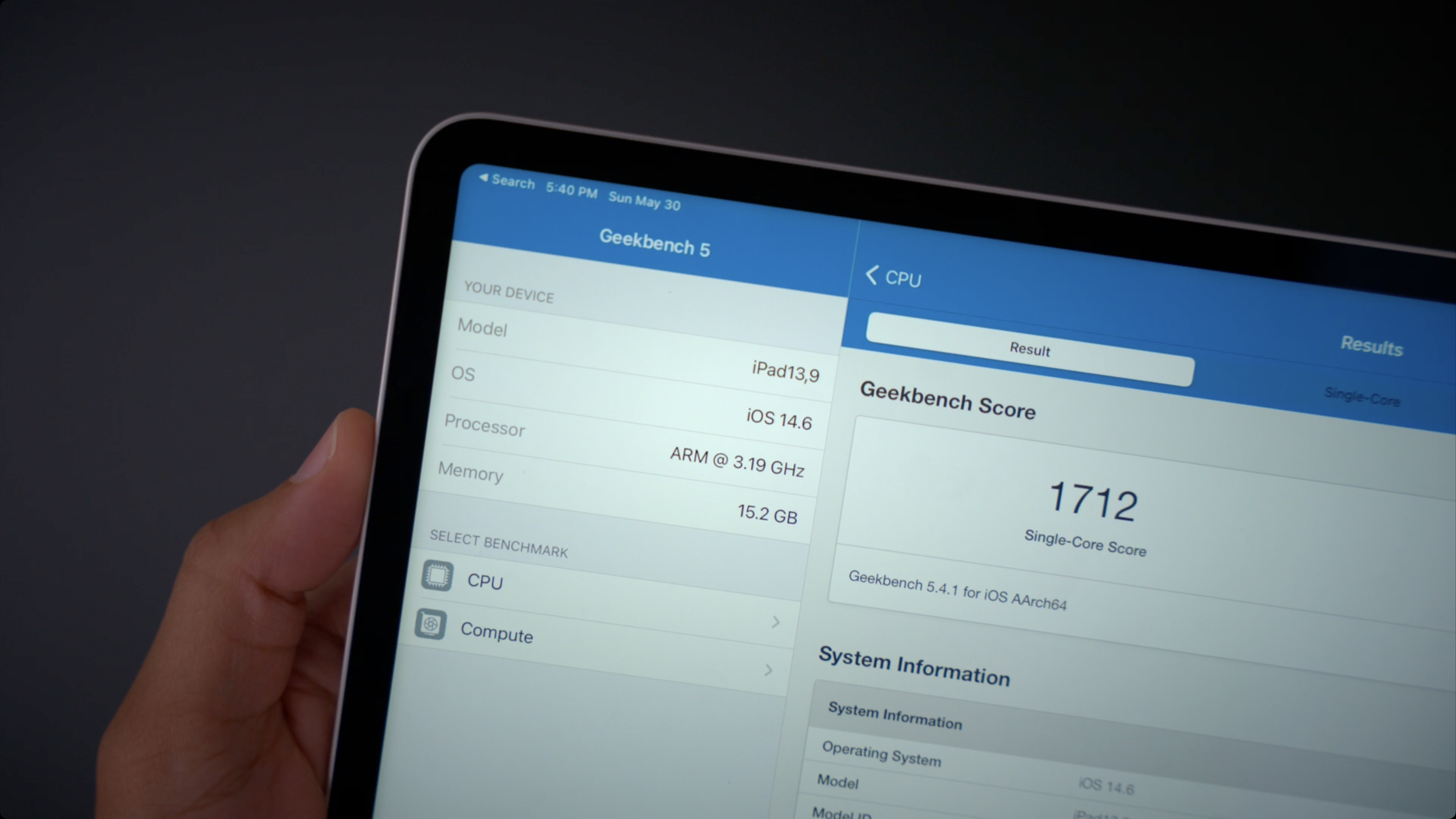
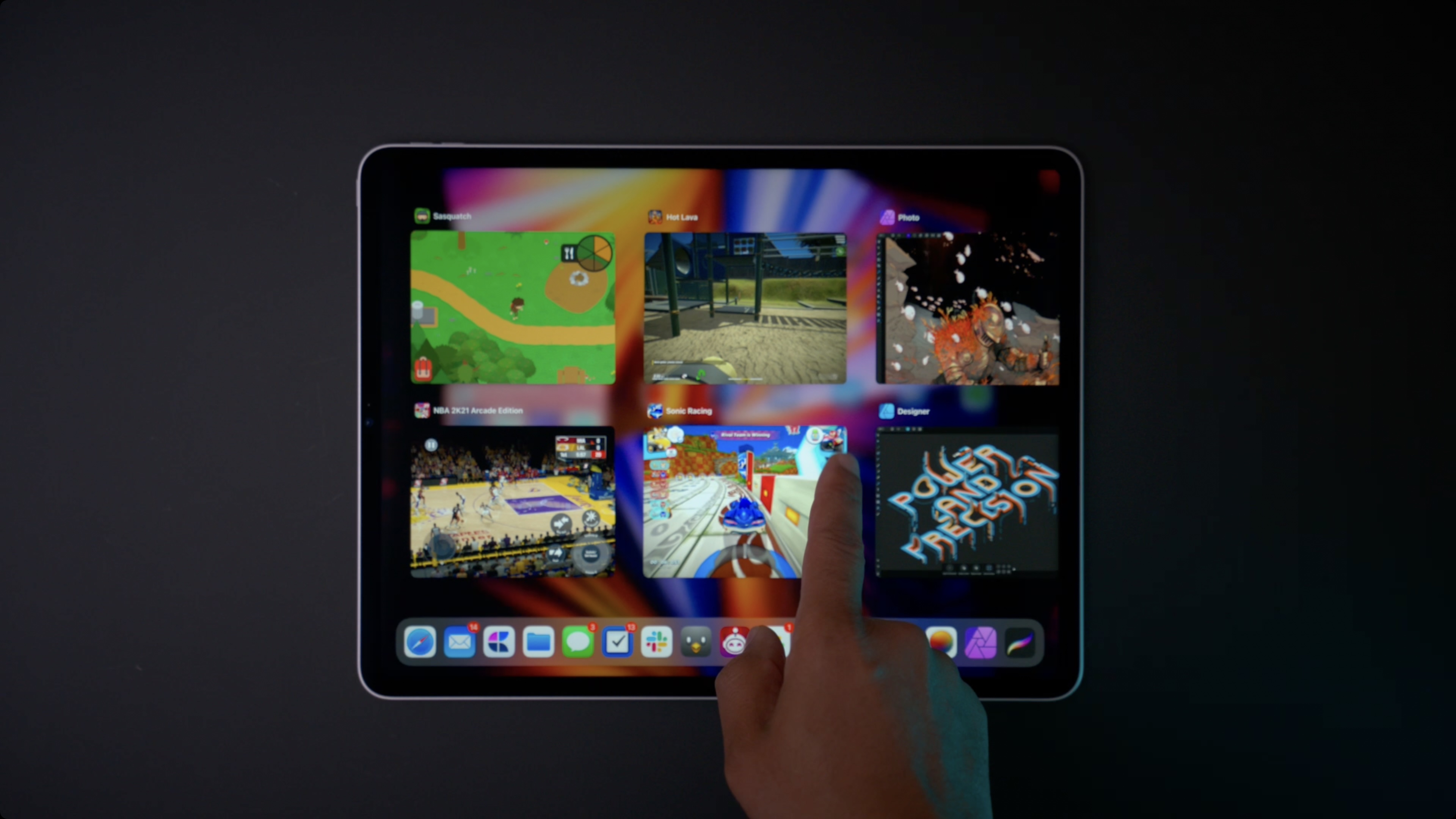
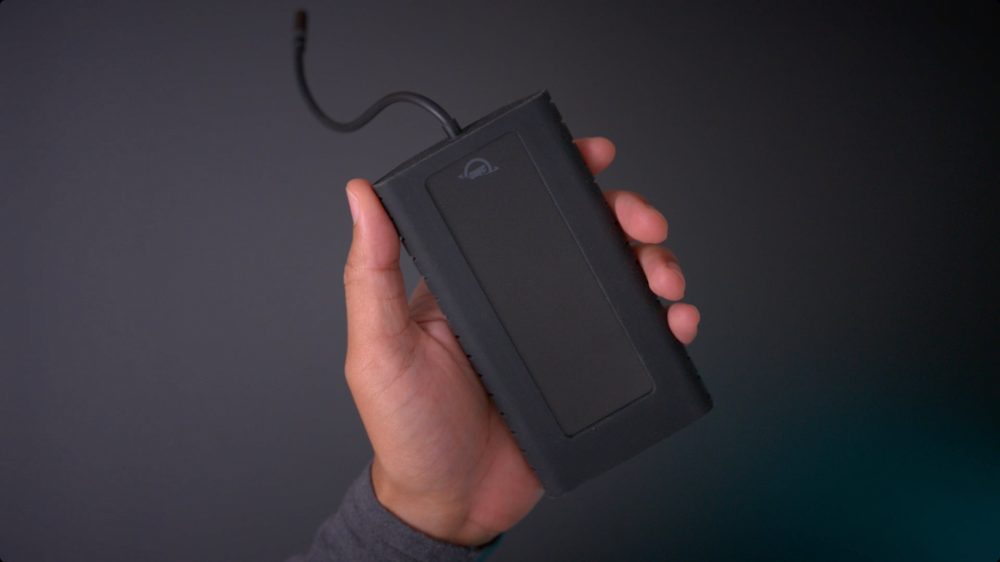

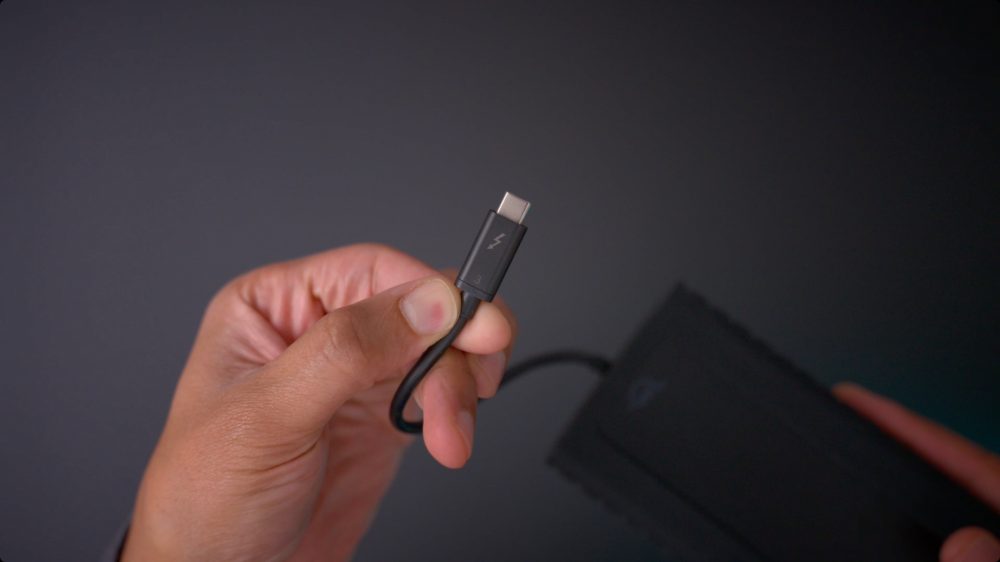
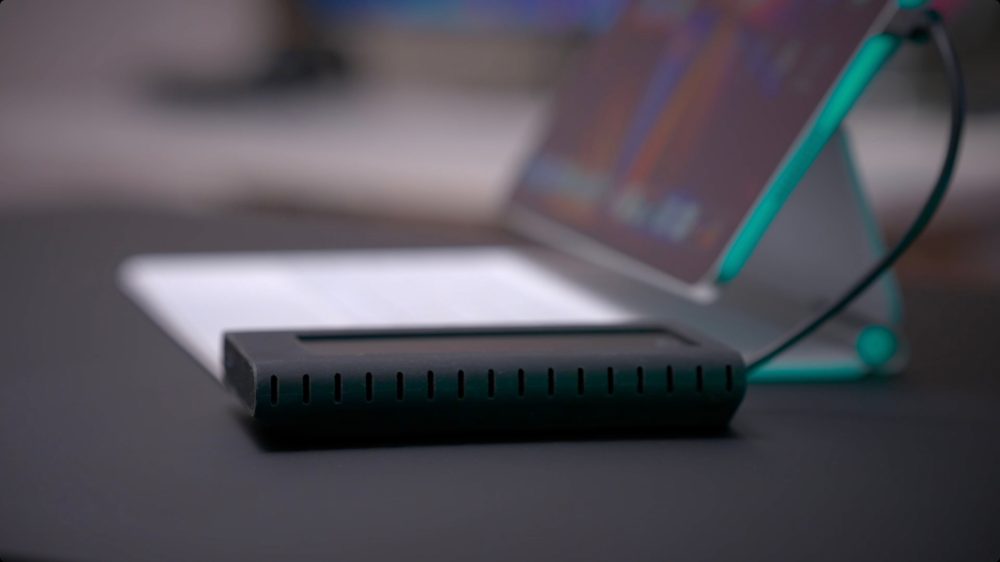

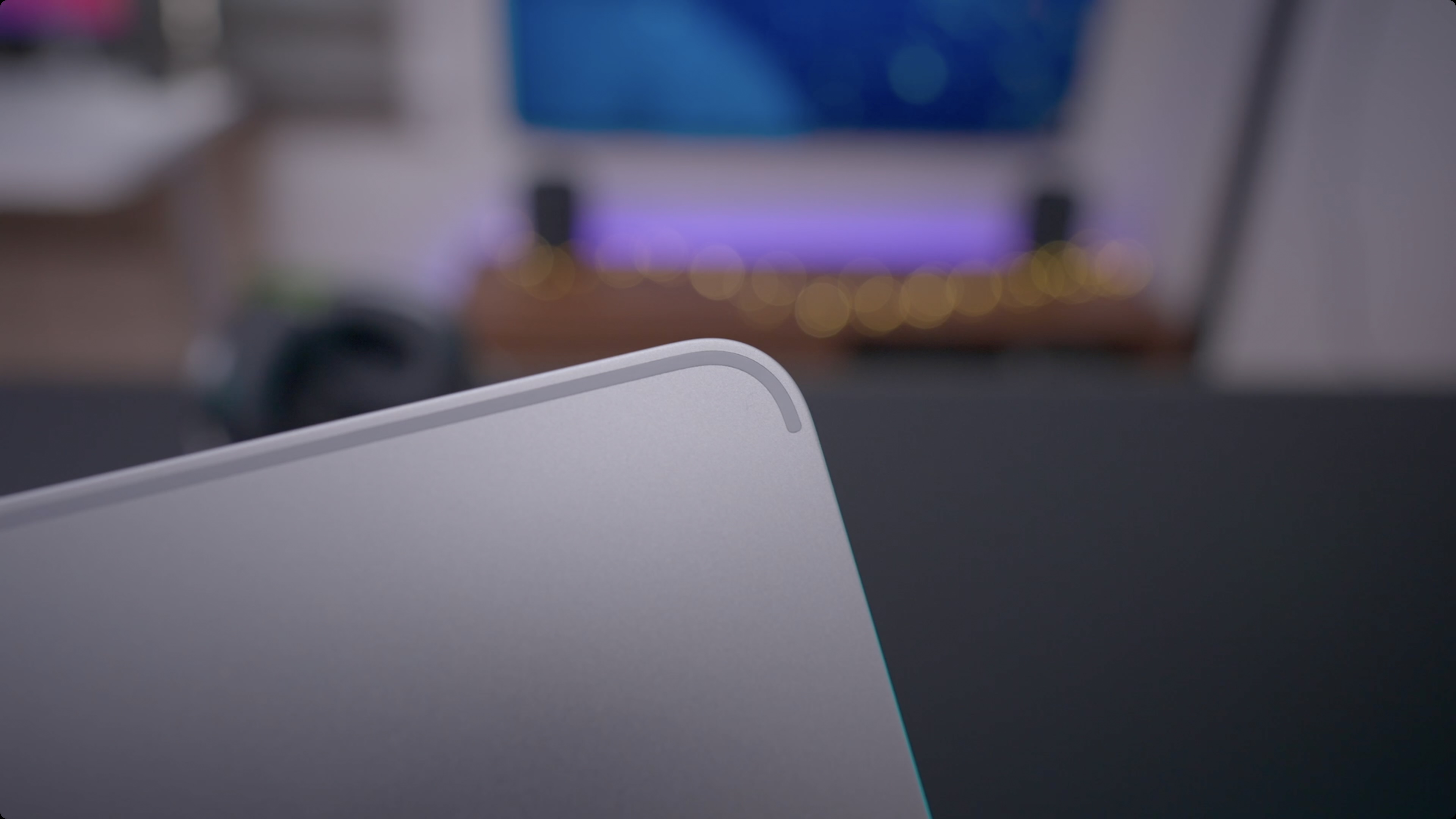

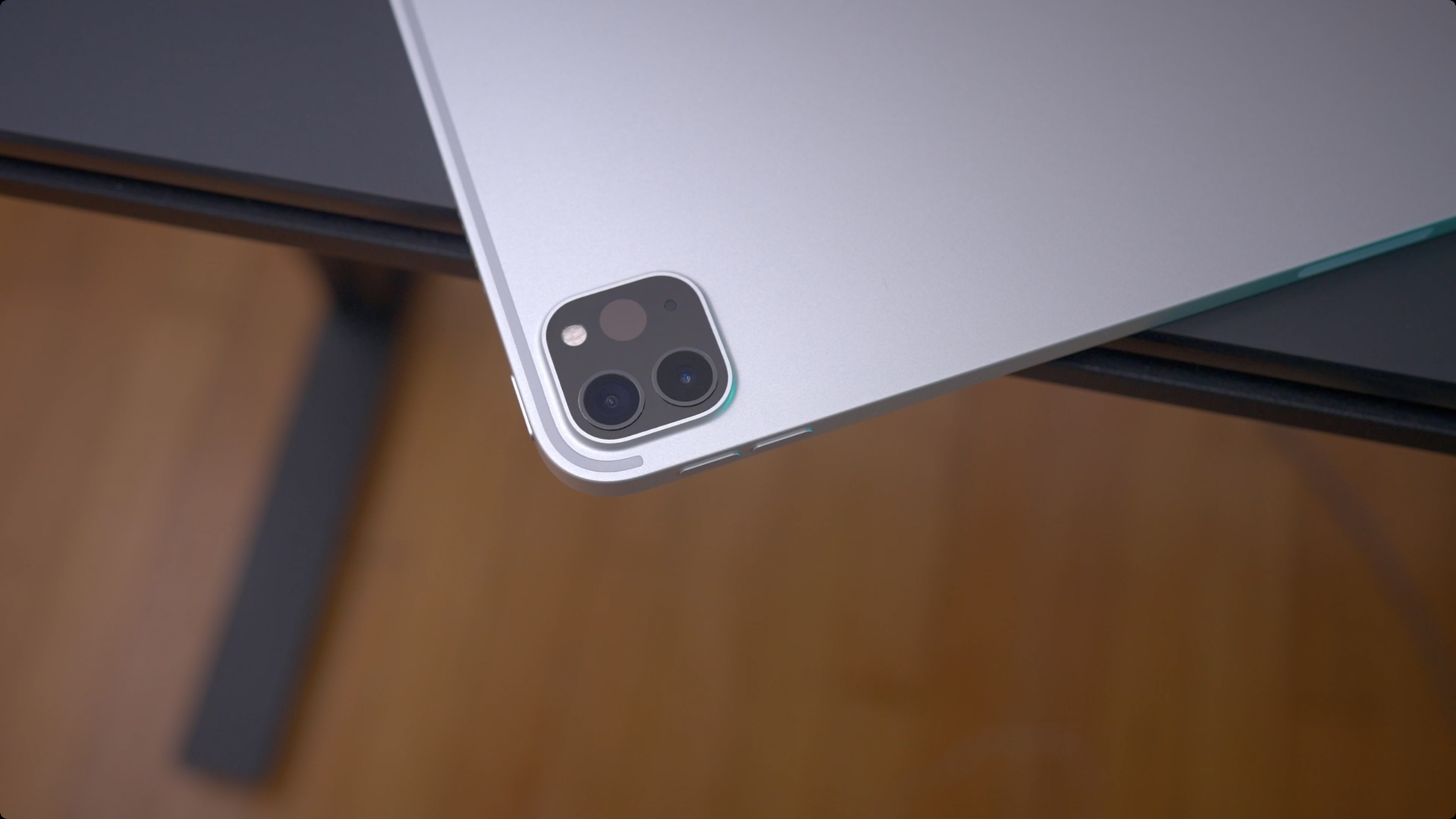


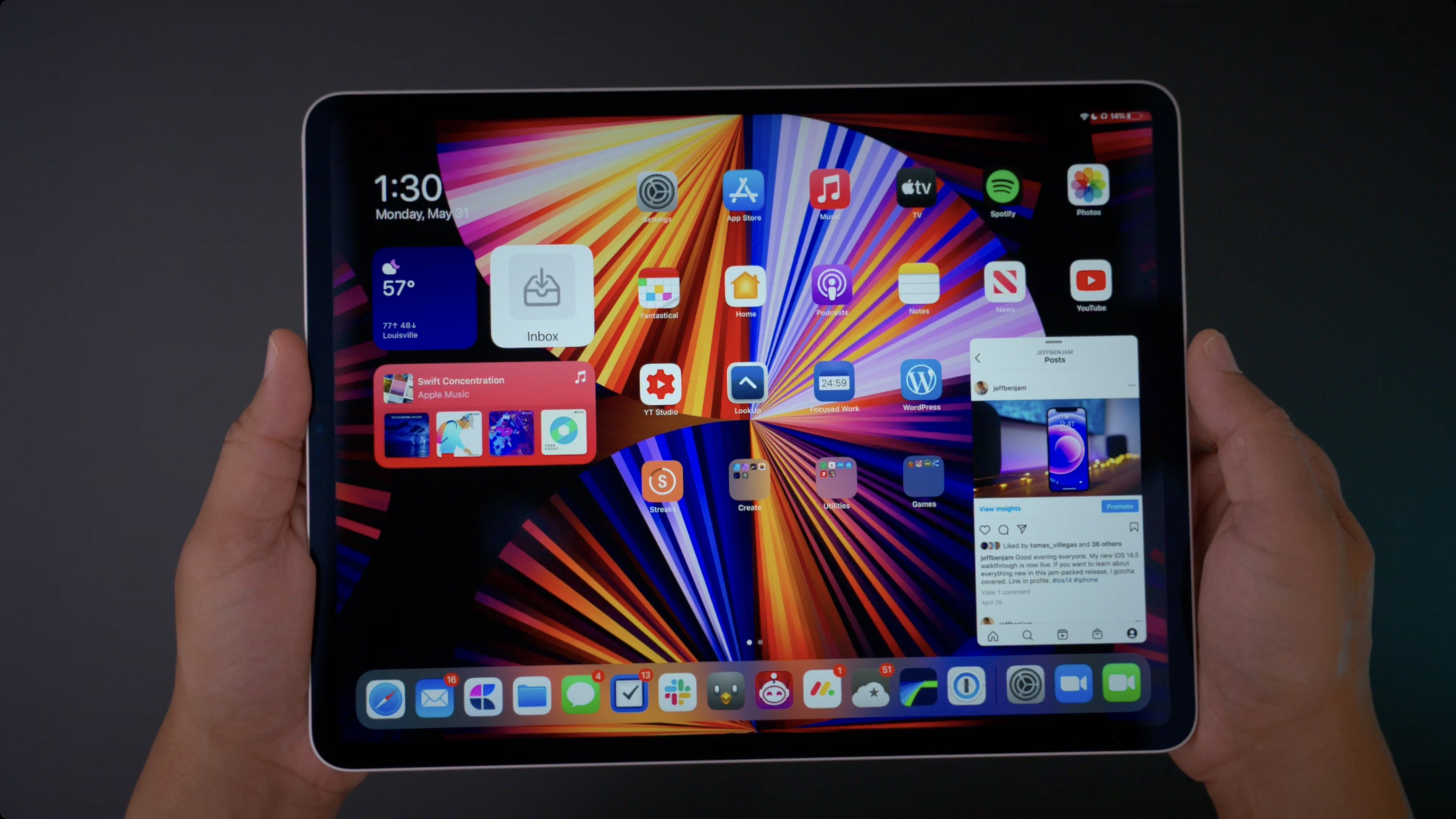
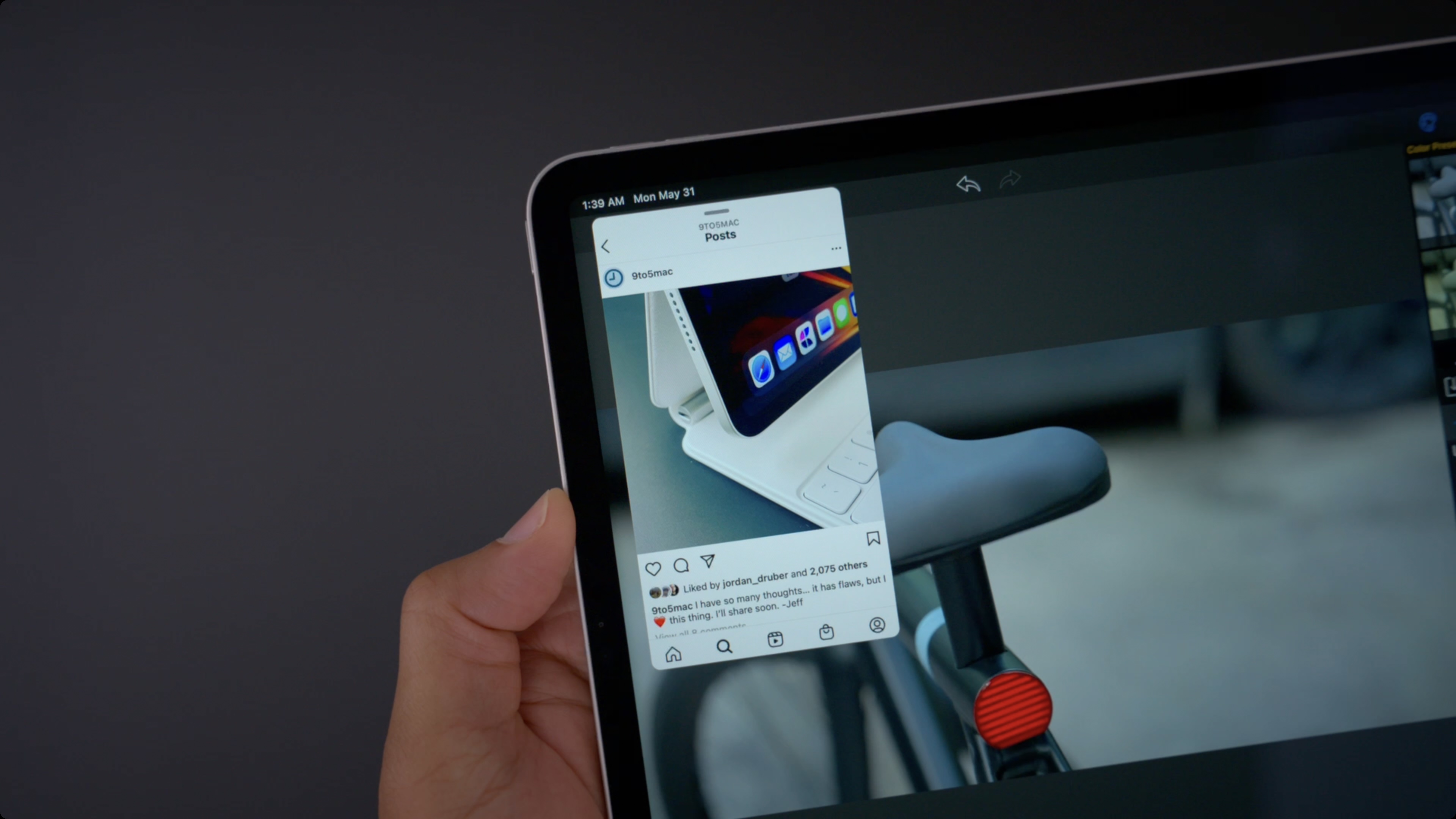




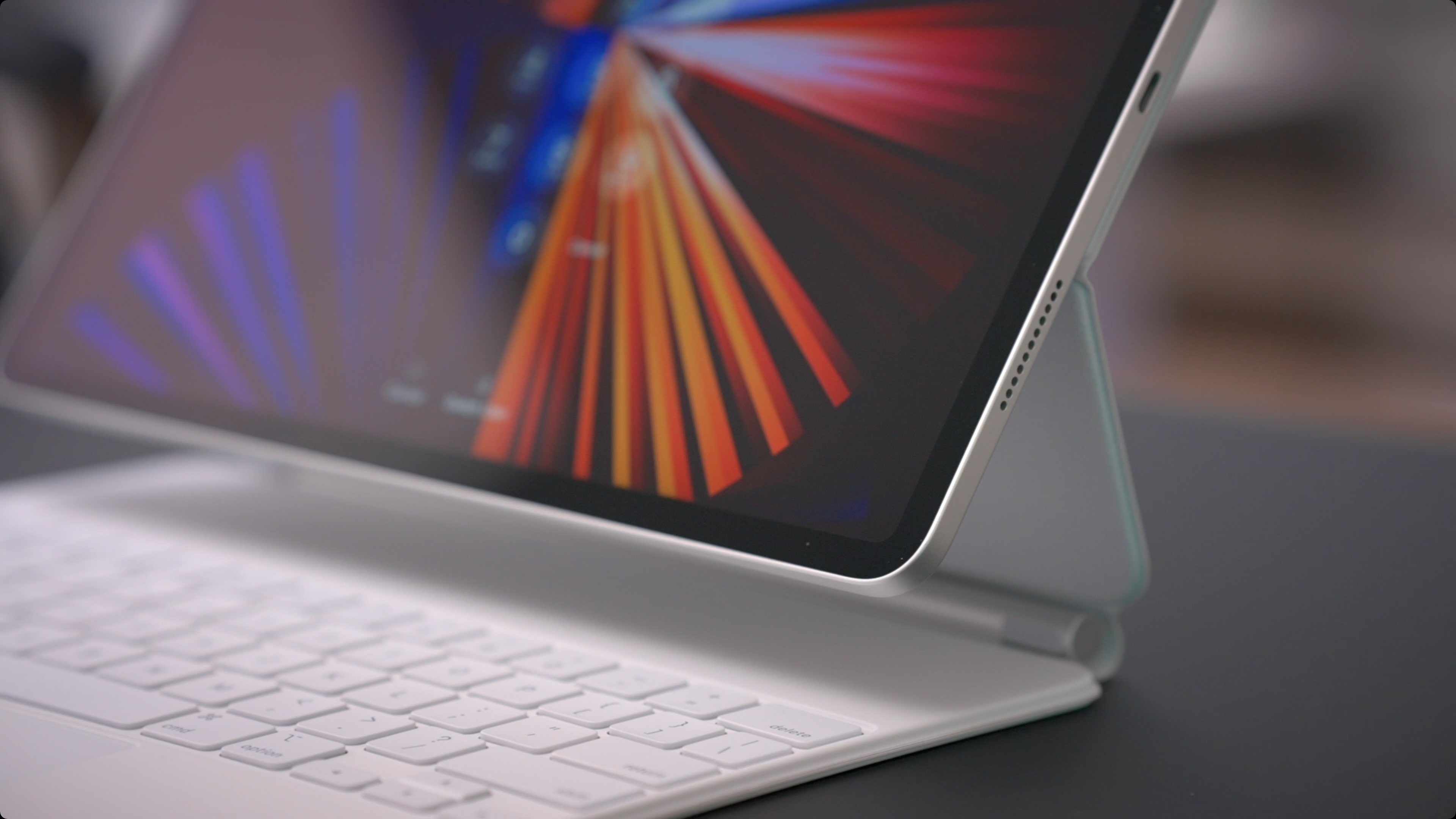
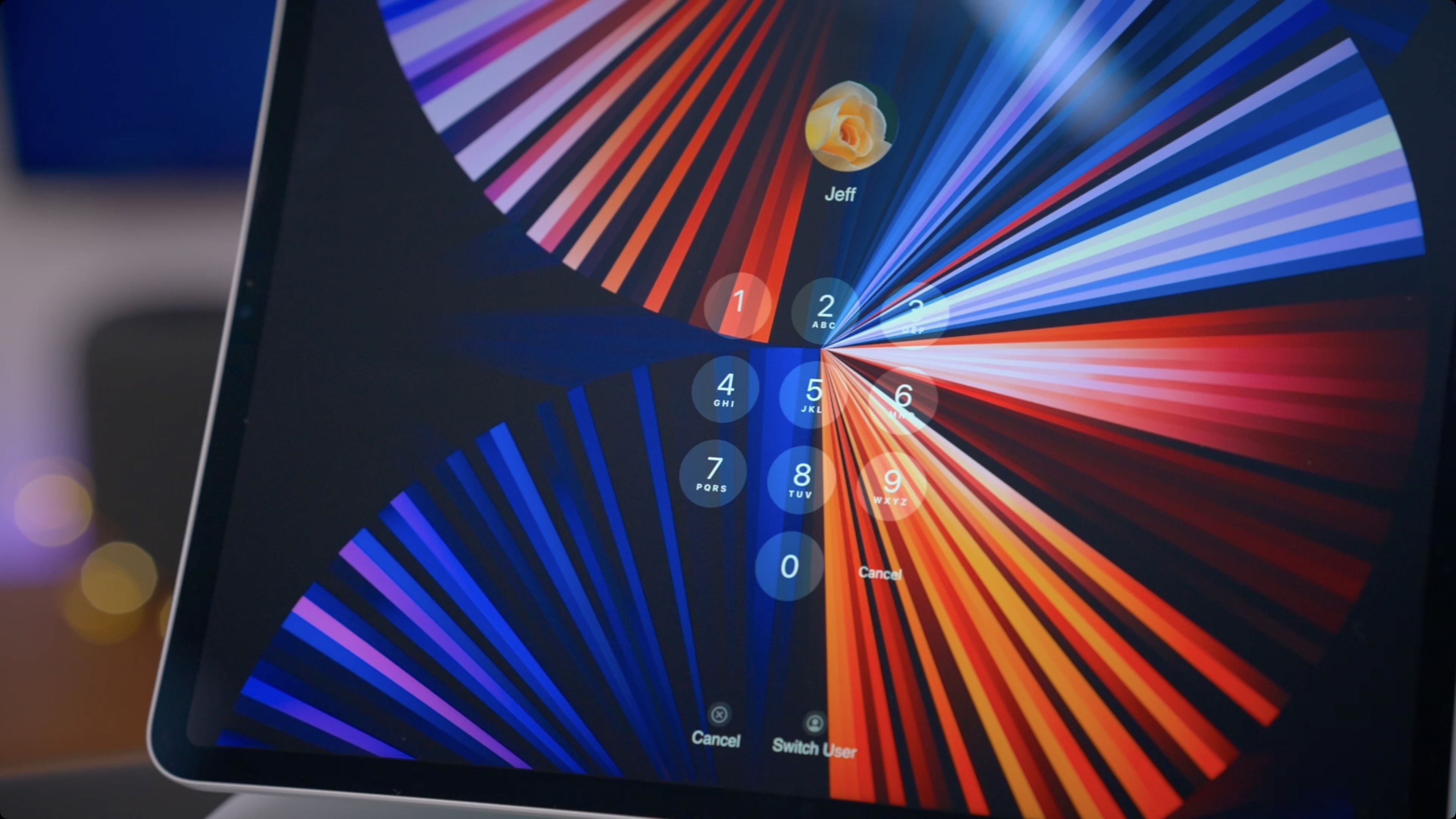






Comments